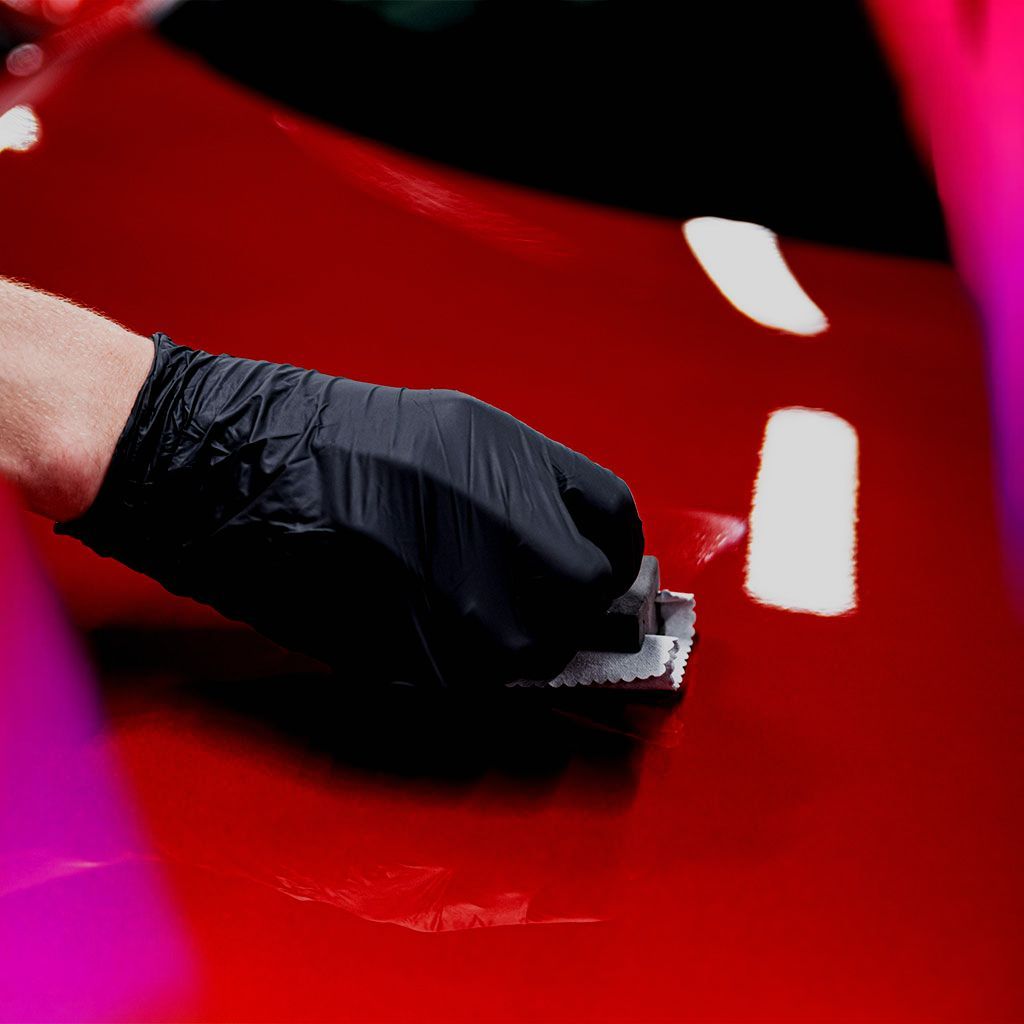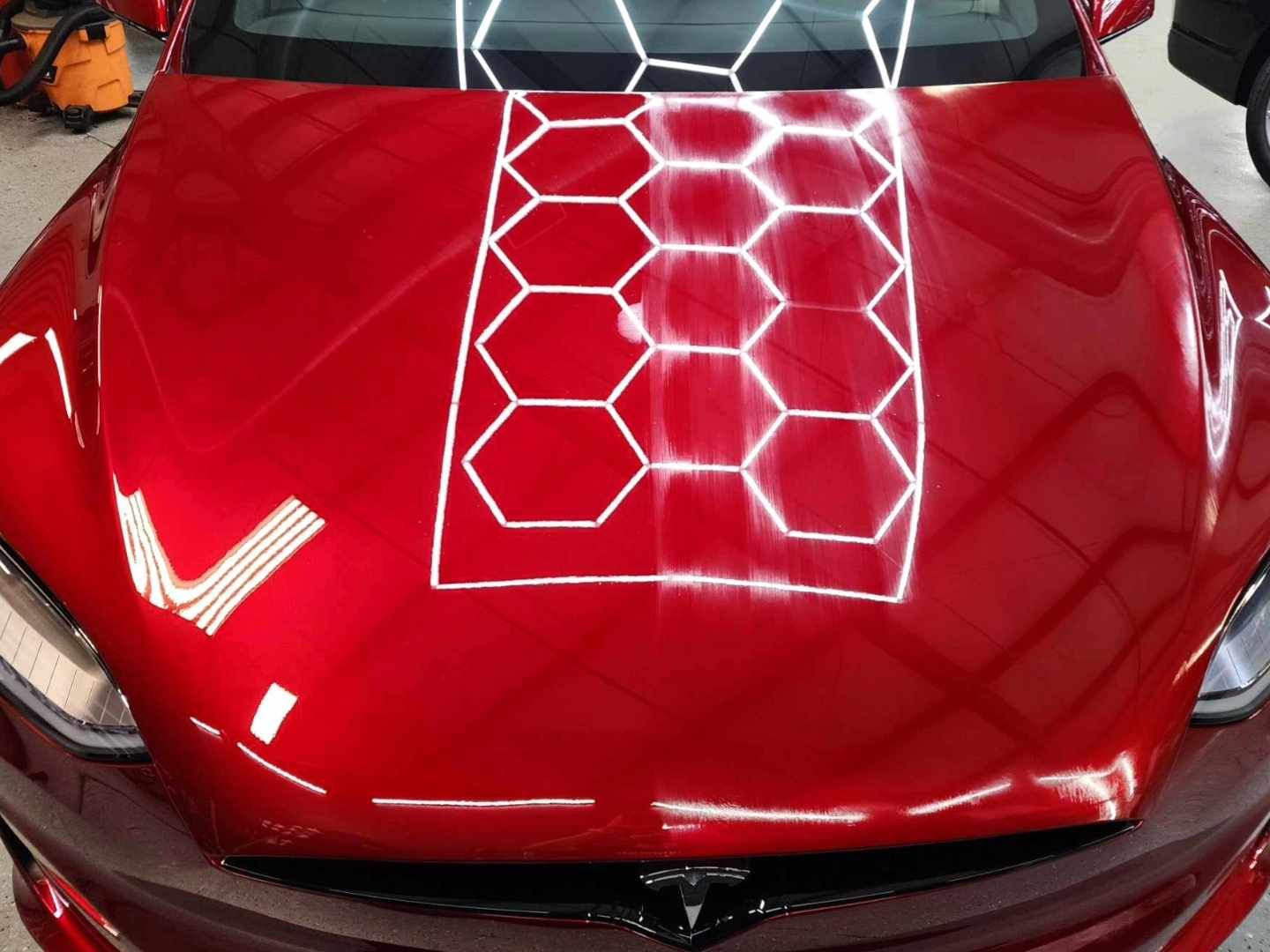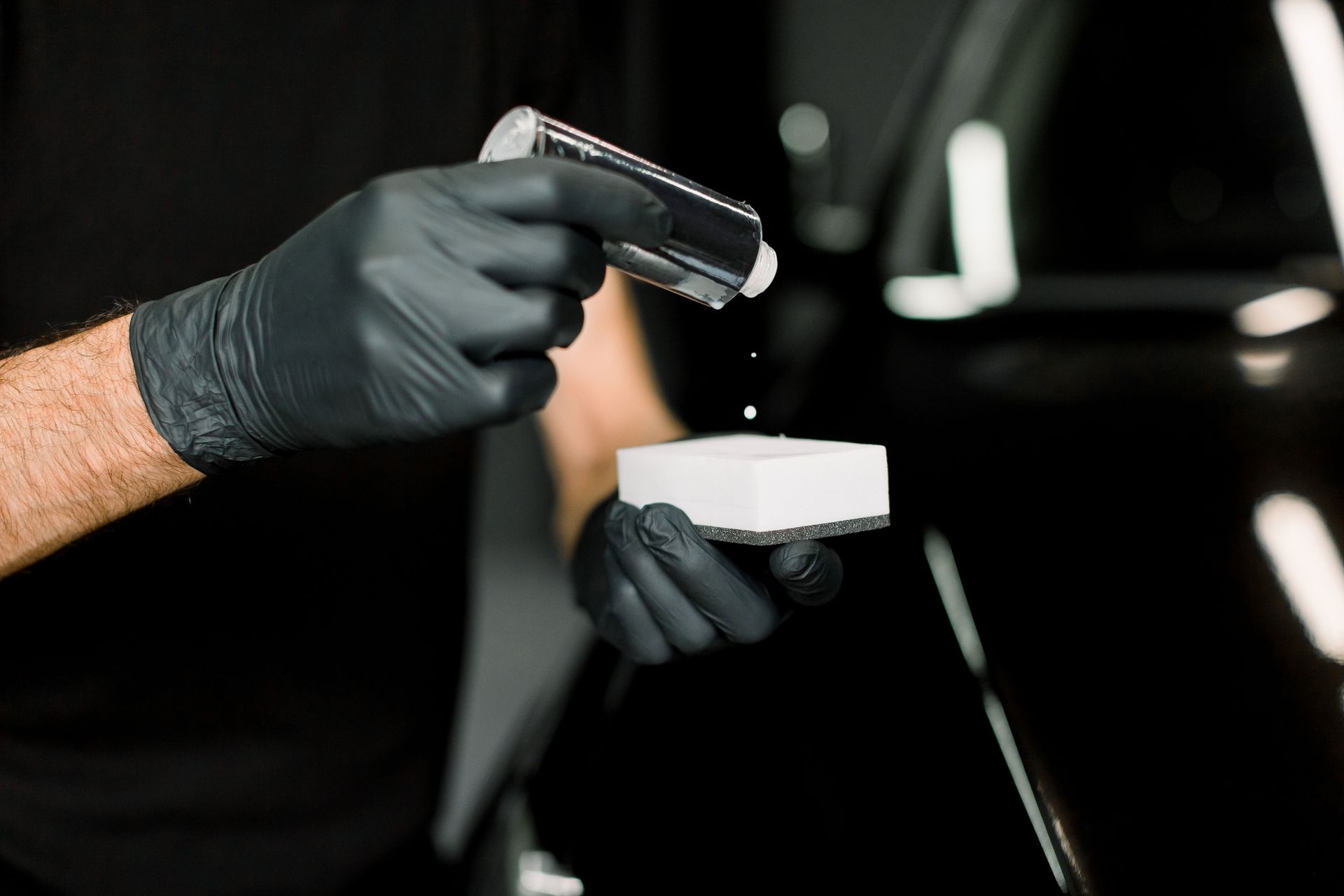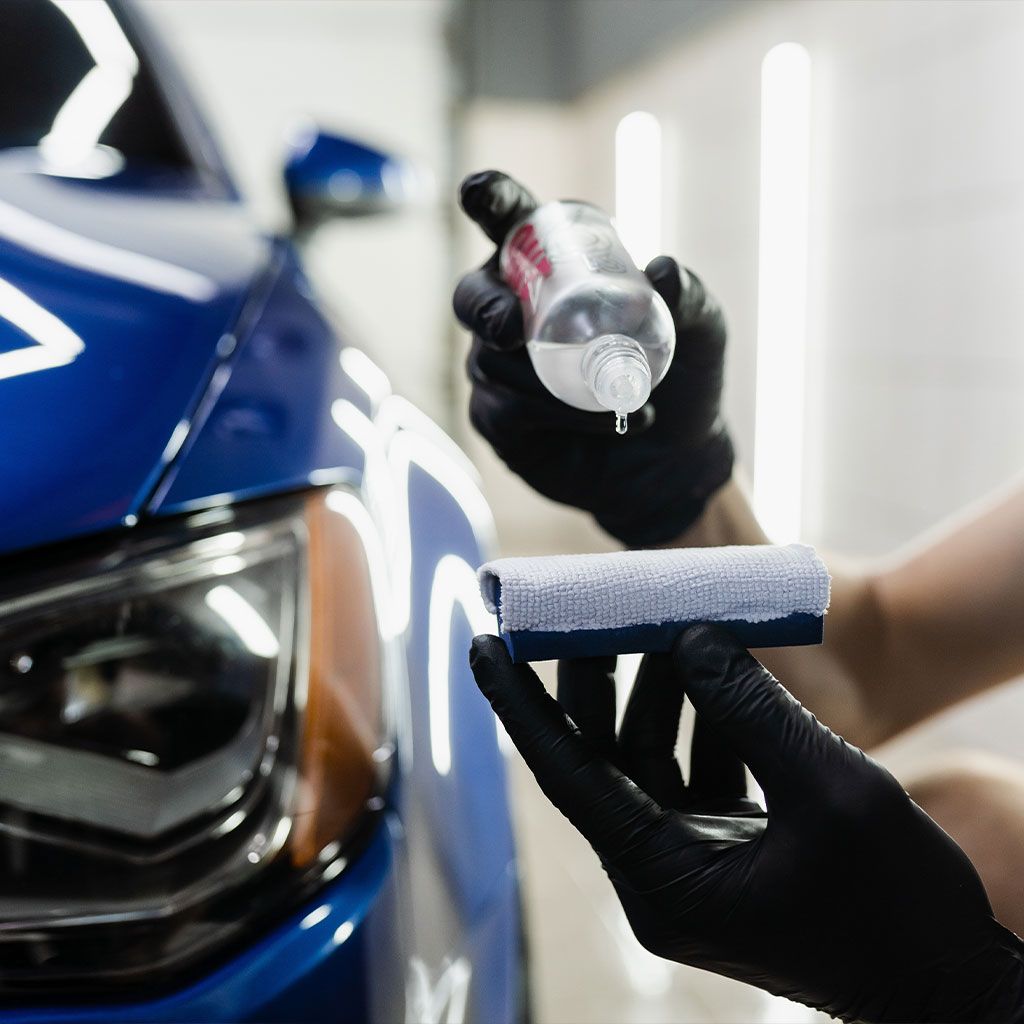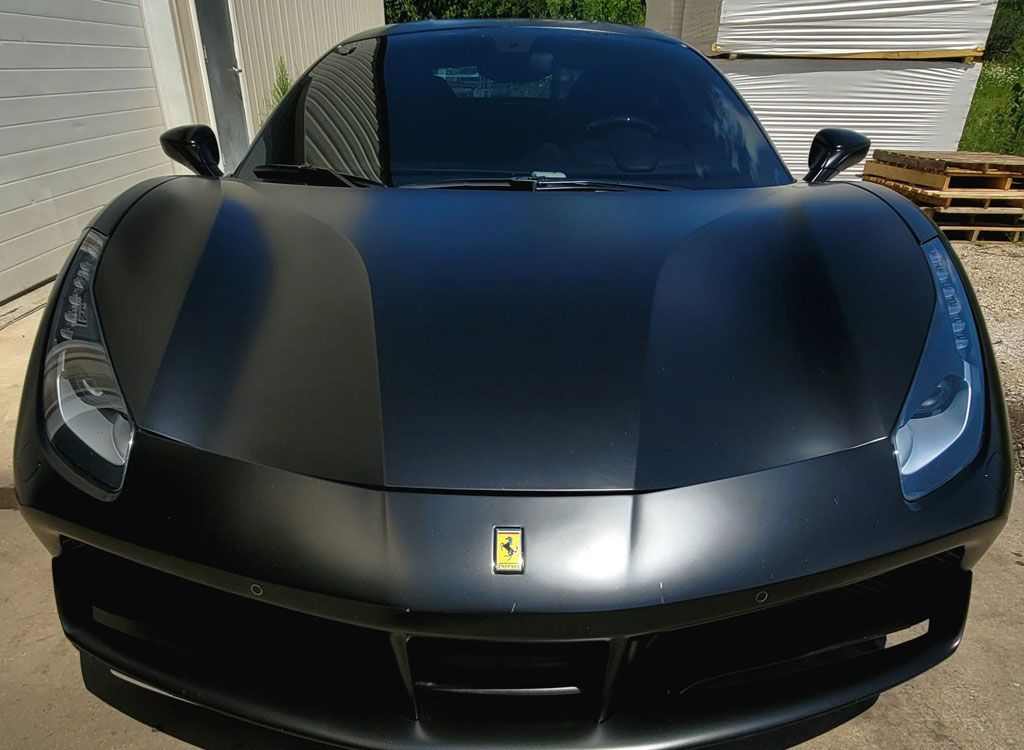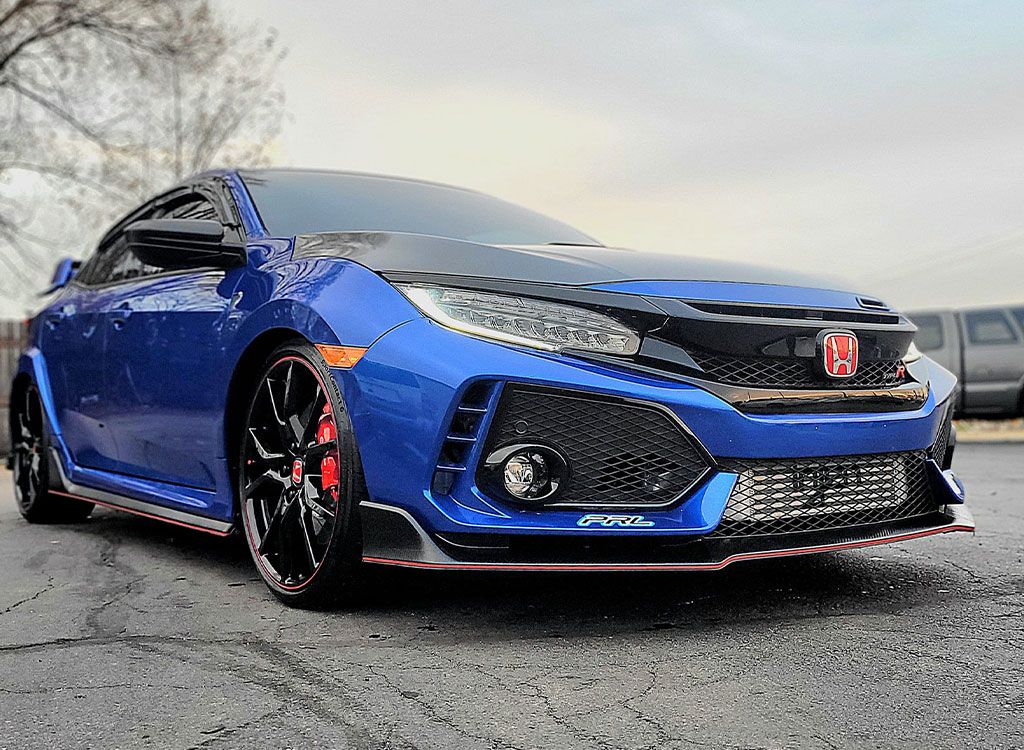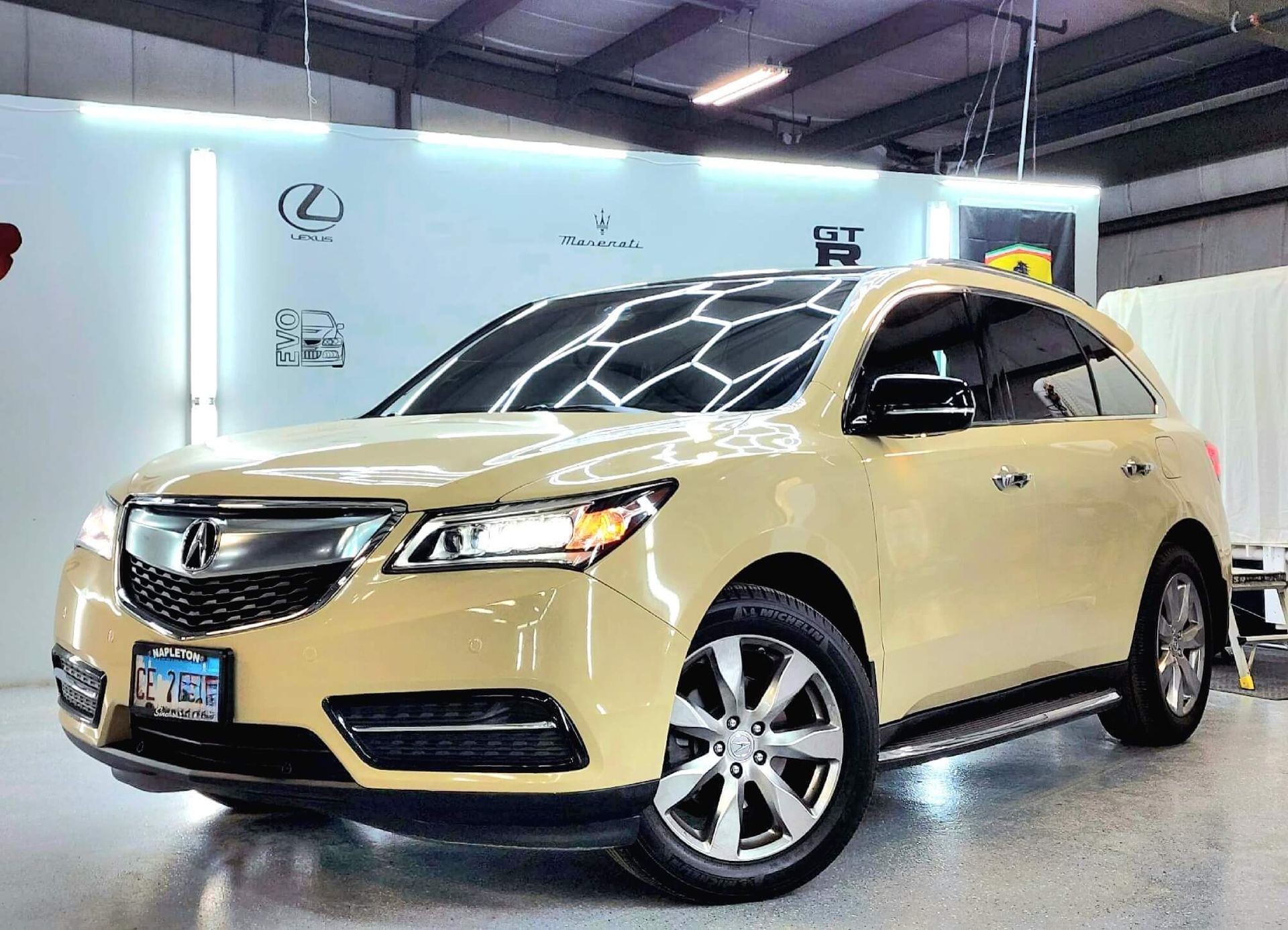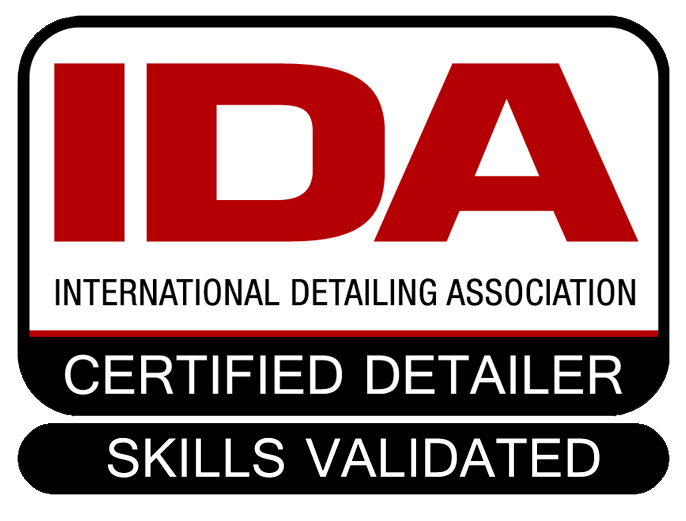The Cost of Ceramic Coating: Is It Worth the Investment?
For many car lovers, keeping your vehicle in pristine condition feels almost as satisfying as driving it. Picture this: it's Saturday morning at your favorite car show, and your car is turning heads under the sun because its finish looks flawless. Yet, you can't help but wonder if investing in ceramic coating is truly worth it. Ceramic coating promises not only to protect your vehicle's paint from UV rays and other environmental contaminants but also to make cleaning easier.
Absolutely. Ceramic coatings provide long-lasting protection, significantly reduce the need for costly repairs, and enhance the overall appearance of your vehicle. With proper maintenance, a ceramic coating can last for years, making it a valuable investment in preserving the quality and resale value of your car.
The Initial Cost of Ceramic Coating for Your Vehicle
When it comes to the initial cost of ceramic coating, several key factors come into play. One of the primary determinants is the size of your vehicle. Larger vehicles, such as SUVs and full-size pickups, typically require more ceramic product and time for application, leading to higher costs. On average, professional ceramic coating services can range from $500 to $3,000 for most vehicles. However, these costs can vary significantly based on regional differences in labor costs and the quality of the product being used.
Additionally, the condition of your vehicle's paint can impact the cost. Dark-colored cars or those with neglected paint requiring compounding and polishing, especially for scratches and swirl marks, may incur additional expenses due to the extra labor involved in preparing the surface for ceramic coating. For instance, a small vehicle might have a starting price of around $750 for a professional ceramic coating, while an SUV or full-size pickup truck could require an investment of $2,000 or more. These figures give a good indication of the range you can expect when considering professional ceramic coating services.
Moreover, it's essential to highlight that opting for high-end ceramic products and services may exceed this range. Premium ceramic coatings often come at a higher price point but are designed to offer enhanced durability and long-lasting protection for your vehicle's exterior.
Long-Term Benefits and Protection
Investing in a ceramic coating for your vehicle is more than just a simple exterior treatment—it's a shield that offers long-term advantages. Prolonged sun exposure can cause your car's paint to fade and lose its luster. Ceramic coatings tackle this issue head-on, providing robust protection against UV damage and ensuring that your car maintains its glossy, showroom-worthy finish for years to come. One of the significant benefits of ceramic coatings is their ability to guard against chemical stains and environmental contaminants. The durable layer formed by the silicon dioxide particles in ceramic coatings acts as a barrier, shielding your car's paint from acidic substances and everyday wear and tear.
Imagine parking your car outdoors during extreme weather conditions or in an environment with high pollution levels—a conventional wax or sealant may not be sufficient to withstand such challenges. In these scenarios, a ceramic coating truly proves its worth by acting as a protective shield for your vehicle's paint, preventing permanent damage and reducing the frequency of minor repairs or touch-ups. Let's not forget the hydrophobic properties of ceramic coatings, which contribute to their appeal. The "hydrophobic" nature of these coatings means that they repel water effectively, making maintenance easier and ensuring that water spots are minimized. Moreover, when you consider that a ceramic coating can last up to 5 years or even longer with proper care, it becomes clear that the initial investment is outweighed by the long-term advantages it provides.
Evaluating the Investment Value
It's crucial to consider the long-term benefits when evaluating the cost of ceramic coating. While the initial investment may seem significant, it serves as an insurance policy against potential damages and future expenses. First and foremost, let’s talk about resale value. Protecting your car's paint job can significantly impact its value when it comes time to sell. A well-maintained ceramic-coated vehicle can see a resale value increase of up to 10%. If you plan to upgrade your car eventually, this additional value could provide substantial returns on your initial investment in the coating.
Moreover, let’s explore the ongoing maintenance costs. Traditional waxing requires regular reapplication every three to six months, potentially costing hundreds of dollars each year. In contrast, a professionally installed ceramic coating can last for up to five years or even longer with proper maintenance. This means you could enjoy significant savings on frequent waxing and detailing services over the years, effectively balancing out the initial expenditure. For instance, suppose you spend an average of $300 per year on traditional waxing for your car. With a ceramic coating lasting five years, you could potentially save $1,500 on waxing alone during that period. This calculation doesn't even consider the additional protection and glossy finish the ceramic coating provides.
The reduction in car wash frequency is another benefit to consider when assessing the investment value of ceramic coatings. A hydrophobic ceramic coating makes it easier to maintain your car's cleanliness due to its water-repellent properties. This means that you may spend significantly less on regular car washes, ultimately saving money in the long run. Thinking about the big picture sums up why investing in a ceramic coating is more than just enhancing your car's appearance—it's about safeguarding its long-term value and reducing overall maintenance costs. The investment value lies not only in prolonging your vehicle's life but also in increasing its resale worth and decreasing ongoing expenses.
DIY vs. Professional Application
When it comes to applying a ceramic coating to your car, one crucial decision is whether to do it yourself or seek professional help. Let's clear up some information about both options.
DIY Application
If you're someone who enjoys taking on automotive projects and has a knack for working with their hands, the appeal of a do-it-yourself ceramic coating may be enticing. Plus, the initial cost might look more favorable as DIY kits are typically priced between $50 and $150. Yet, let's consider the trade-offs. First, the effectiveness of a DIY ceramic coating is often impacted by the lack of proper lighting, surface preparation, and application expertise. It's not merely about buying the kit and slathering it on; successful application demands meticulous attention to surface prep, even product distribution, and uniform coverage—skills that professional installers have honed through experience. In addition, DIY coatings generally have shorter lifespans compared to professionally applied ones—lasting anywhere from 6 months to 1 year. The potential for uneven application can result in a patchy finish that detracts from the overall appearance of your car. It requires thorough cleaning and meticulous care before application and throughout the process to avoid streaks and inconsistencies.
Professional Application
While the initial price range for professional ceramic coating applications may seem steep, typically ranging from $500 to $2,000+, the payoff comes with enhanced longevity and a superior finish. The key advantage of professional installation lies in the expertise and experience of trained installers who ensure flawless results through careful prep work and meticulous application. Their advanced equipment and in-depth knowledge of surface treatment chemistry allow for a level of care and precision that's challenging to replicate in a home garage or driveway setting. Moreover, professional coatings are designed for long-term protection against chemical and UV damage, effectively preserving your car's paintwork while providing an incomparable gloss that exceeds traditional wax finishes. With proper maintenance, a professionally applied ceramic coating can last up to 5 years or even longer, making it a worthwhile investment in the long-term quality and value of your vehicle.
Considering these factors, it's evident that the decision between DIY and professional application isn't merely about cost but also about effectiveness, longevity, and the outcome you desire for your car.
Factors Affecting Application Costs
When it comes to ceramic coating, the cost can vary widely due to several important factors. Let's break these down to understand why the application costs can vary so much.
- Vehicle Size and Type: The size and type of vehicle is one of the key factors that influence the cost of ceramic coating. Larger vehicles, such as SUVs and trucks, generally require more product and time to coat compared to smaller cars. This makes them costlier to have coated. Additionally, specialty vehicles such as high-end sports cars or luxury vehicles often require a more meticulous application process due to their unique design features, resulting in higher labor costs during the coating application.
- Condition of the Paint: The existing condition of the paint on your vehicle plays a significant role in determining the overall cost of ceramic coating. If there are pre-existing damages or imperfections on the paint, such as swirl marks, scratches, or oxidation, additional surface preparation is required before applying the ceramic coating. This process, known as paint correction, involves painstakingly removing imperfections from the paint surface to ensure optimal adhesion and durability of the ceramic coating. As a result, vehicles with extensive paint imperfections may incur higher costs due to the increased time and effort needed for paint correction. Failing to properly address underlying paint issues prior to applying the ceramic coating can compromise its effectiveness and longevity.
- Quality of the Product: The quality of the ceramic coating product has a direct impact on its cost. High-end ceramic coatings with advanced formulations and superior performance attributes tend to be more expensive. These premium products offer enhanced protection, superior durability, resistance against environmental contaminants, and a long-lasting glossy finish. Conversely, lower-cost options may not deliver the same level of performance characteristics or lasting benefits as their premium counterparts, which may lead to increased long-term maintenance costs or diminished protection over time.
- Expertise of Installer: The expertise and experience level of the professional installer also factor into the cost of ceramic coating application. Highly skilled technicians who have years of expertise in applying ceramic coatings may charge a premium for their services. While this adds to the initial investment, their proficiency in proper application techniques and attention to detail can significantly impact the quality and longevity of the coating.
These variables collectively contribute to the overall cost associated with ceramic coating application. Understanding these factors equips vehicle owners with valuable insights when evaluating their options for ceramic coating and making informed decisions regarding their investment in vehicle protection. In conclusion, understanding the intricate factors influencing the cost of ceramic coating empowers consumers to make well-informed decisions about protecting their vehicles while managing associated expenses effectively.
Leading Provider of Ceramic Coating Services in Elgin, IL
Enhance your vehicle's protection with CM3 Detailing Studio & Ceramic Coating, the leading provider of ceramic coating services in Elgin, IL. Our professional-grade ceramic coatings deliver unmatched durability, shielding your car's paint from contaminants, stains, and UV damage while maintaining a stunning gloss. Trust our experienced team to provide top-tier protection that keeps your vehicle looking its best for years to come. Schedule an appointment or call us at (630) 400-6766 to get started!

